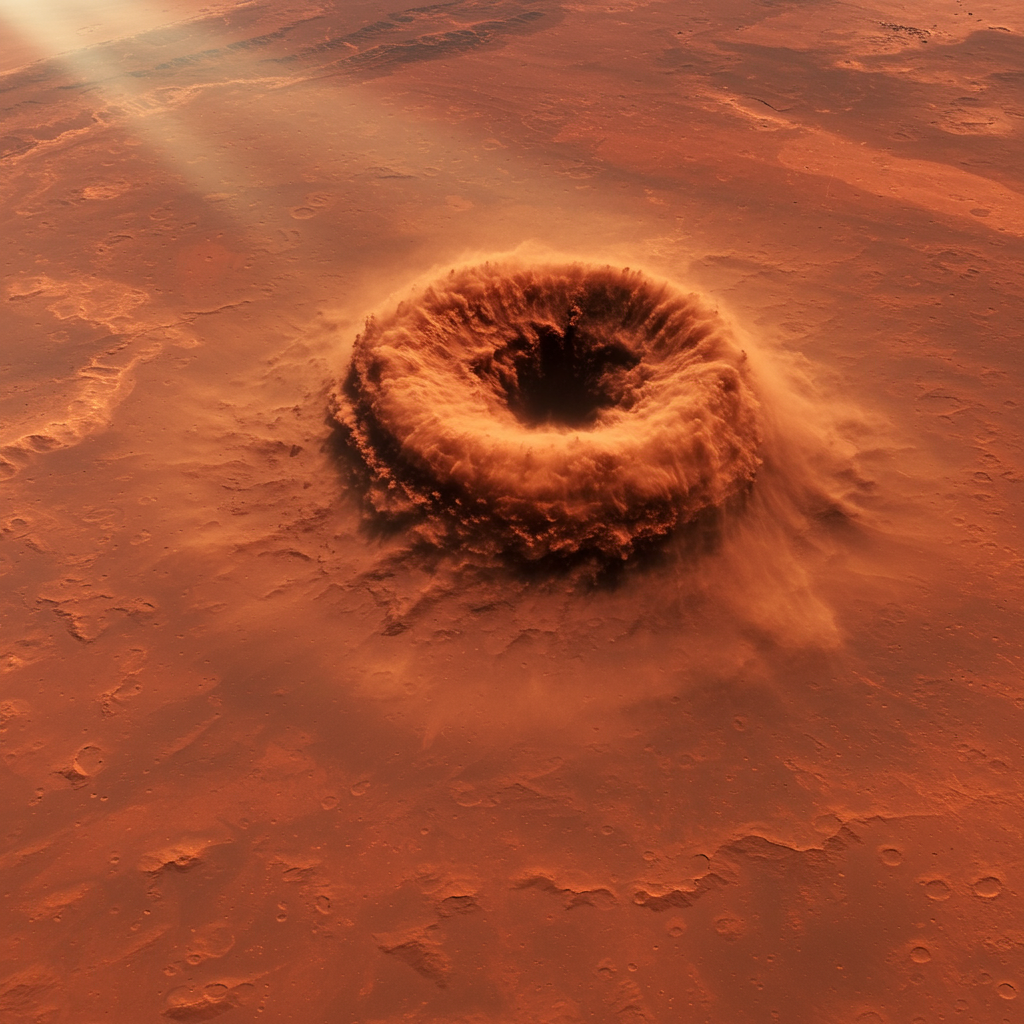SpaceX achieved a significant milestone on June 28, 2025, successfully completing its 60th dedicated starlink mission of the year. A Falcon 9 rocket roared to life from Vandenberg Space Force Base in California, carrying another vital batch of Starlink V2 Mini satellites toward low Earth orbit. This launch, designated Starlink 15-7, underscored SpaceX’s relentless pace in building its global internet constellation, marking the second successful Falcon 9 ascent conducted by the company on that single Saturday. The mission lifted off precisely at 10:13 a.m. PDT, adding more capacity to a satellite network rapidly approaching 8,000 active spacecraft in orbit.
This specific Starlink mission launched from Space Launch Complex 4 East at Vandenberg, a crucial West Coast launch site for SpaceX. The primary goal was to deliver 26 advanced Starlink V2 Mini satellites, contributing to the ever-growing constellation designed to provide high-speed internet access worldwide. The successful placement of these satellites pushes SpaceX closer to achieving comprehensive global coverage and improving service for existing users.
SpaceX’s Rapid 2025 Launch Cadence
The Starlink 15-7 mission stands as a testament to SpaceX’s unprecedented operational tempo in 2025. Reaching 60 Starlink-specific launches before the end of June highlights the company’s manufacturing and launch capabilities. This pace is essential for deploying the thousands of satellites required to form a robust and performant satellite internet network.
Earlier in June, on the 4th, SpaceX conducted its 50th Starlink mission of 2025 from the same Vandenberg base. That particular flight was also historic, marking the 500th orbital launch across SpaceX’s entire Falcon family of rockets (including Falcon 1, Falcon 9, and Falcon Heavy). Just two weeks later, on June 18th, the company executed its 75th overall Falcon 9 launch of 2025 from Cape Canaveral in Florida. This mission further expanded the constellation, notably including the 9,000th Starlink satellite ever launched. These figures demonstrate a sustained and accelerating launch schedule that is key to Starlink’s expansion strategy.
The Vital Role of Rocket Reusability
Central to SpaceX’s ability to maintain such a high launch frequency is its pioneering work in reusable rocket technology. The Starlink 15-7 mission utilized Falcon 9 first stage booster B1088. This flight marked the eighth successful trip to space and back for this particular booster. B1088 had previously supported several important missions, including a NASA science mission (SPHEREx), two classified missions for the National Reconnaissance Office, and a complex rideshare flight called Transporter-12.
Demonstrating reusability is critical for reducing launch costs and increasing launch opportunities. While B1088 has now completed eight flights, other boosters in SpaceX’s fleet have achieved even more impressive records. For example, another West Coast Starlink launch on June 28th earlier in the day utilized booster B1075 for its 18th flight. A mission from early June featured booster B1063 completing its remarkable 26th journey to space. This range of flight counts across different boosters illustrates the maturity and robustness of SpaceX’s reuse program, enabling the rapid deployment rate needed for projects like Starlink.
Recovering the Falcon 9 Booster
Approximately eight minutes after lifting off from Vandenberg, the Falcon 9 first stage booster B1088 successfully returned to Earth for a controlled landing. The landing target was the autonomous spaceport droneship ‘Of Course I Still Love You,’ stationed downrange in the Pacific Ocean. This intricate maneuver involves the booster re-entering the atmosphere, reigniting engines for a controlled descent, and landing precisely on the relatively small, floating platform.
The successful touchdown of B1088 represented the 139th time a SpaceX booster has landed specifically on the ‘Of Course I Still Love You’ droneship. It also marked the 470th successful booster landing overall for SpaceX across all its landing platforms, including other droneships like ‘Just Read the Instructions’ and shore landing zones. For comparison, a Starlink mission in late May featured the 450th overall booster landing, and a June 4th mission notched the 457th. These steadily climbing statistics underscore the reliability of SpaceX’s recovery operations, which are fundamental to the economic model of reusable rockets and the rapid operational pace.
Expanding the Starlink Constellation
With the addition of the 26 satellites from the Starlink 15-7 mission, SpaceX continues to significantly grow its global satellite internet constellation. Following this launch and other recent deployments, the total number of Starlink satellites ever launched by SpaceX has surpassed 9,000, according to orbital tracking experts. While the total number launched is impressive, a subset of these remain operational in low Earth orbit, with estimates placing the current active constellation size somewhere between 7,500 and 7,800 satellites as of late June 2025.
The V2 Mini satellites deployed on this mission represent an evolution in Starlink technology, designed to offer increased capacity and performance compared to earlier versions. As SpaceX launches more satellites into different orbital shells, the constellation’s capacity grows, aiming to provide lower latency and higher bandwidth for users around the world. The relentless launch schedule is directly tied to the goal of bringing reliable internet service to underserved areas and providing a competitive alternative in established markets.
Beyond Starlink: SpaceX’s Diverse Missions
While Starlink launches constitute a significant portion of SpaceX’s manifest, the company remains busy with various other critical missions. For example, preparations were underway in June 2025 for the Axiom Mission 4 (Ax-4), a private astronaut flight to the International Space Station (ISS) carrying astronauts from India, Poland, and Hungary. Although this mission faced delays due to rocket booster issues and weather, its complexity highlights SpaceX’s role in human spaceflight and commercial access to orbit.
SpaceX also conducts missions for government clients like NASA and the National Reconnaissance Office, as well as commercial satellite operators. The ability to rapidly turn around Falcon 9 rockets and its diverse mission manifest solidify SpaceX’s position as a leading global launch provider, pushing the boundaries of space access and exploration.
Frequently Asked Questions
What was unique about the Starlink 15-7 mission on June 28, 2025?
The Starlink 15-7 mission was notable for several reasons. It marked SpaceX’s 60th dedicated Starlink launch of 2025 by the end of June, illustrating a very high launch cadence. It was also the second of two successful Falcon 9 launches conducted by SpaceX on that same Saturday. The mission deployed 26 Starlink V2 Mini satellites from Vandenberg Space Force Base in California using a Falcon 9 booster on its eighth flight.
Where did the Falcon 9 booster land after the Starlink 15-7 mission?
After completing its ascent phase, the Falcon 9 first stage booster, tail number B1088, performed a powered return flight. It successfully landed on the autonomous spaceport droneship named ‘Of Course I Still Love You.’ This landing took place in the Pacific Ocean downrange from the launch site at Vandenberg Space Force Base. It was the 139th landing on this specific droneship and the 470th successful booster recovery overall for SpaceX.
How does SpaceX’s frequent launch rate impact the Starlink satellite constellation?
SpaceX’s rapid and consistent launch schedule, exemplified by completing 60 Starlink missions by late June 2025, is essential for rapidly building out the Starlink constellation. Each mission adds dozens of satellites to low Earth orbit. This high frequency allows the company to quickly increase the total number of satellites, expand service coverage, improve network capacity, and replace older satellites, directly enhancing the performance and availability of Starlink internet for users worldwide.
Conclusion
The Starlink 15-7 mission on June 28, 2025, stands as another routine yet significant step in SpaceX’s ambitious Starlink deployment. As the 60th Starlink flight of the year, it underscores the company’s remarkable operational efficiency and the maturity of its reusable rocket technology. With booster B1088 completing its eighth flight and achieving the 470th overall booster landing, SpaceX continues to demonstrate that rapid reuse is not only possible but is the engine driving the rapid expansion of its satellite constellation. These frequent launches from sites like Vandenberg are key to SpaceX’s goal of providing global internet access and maintaining its leadership in the commercial space industry. Keep watching the skies – SpaceX’s launch cadence shows no signs of slowing down.




